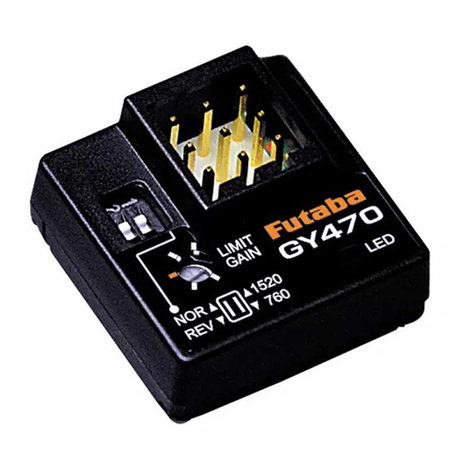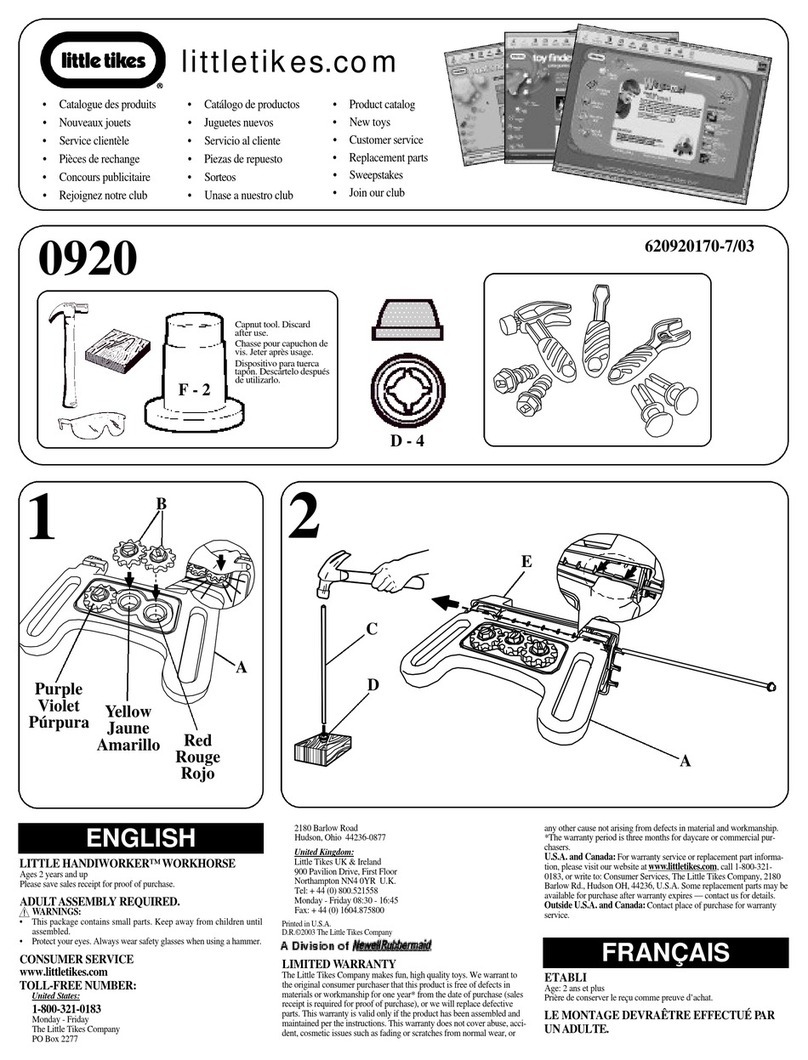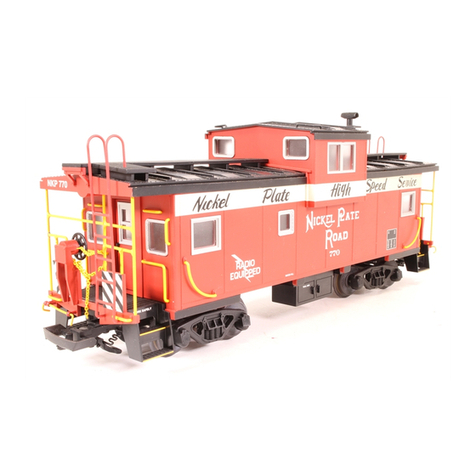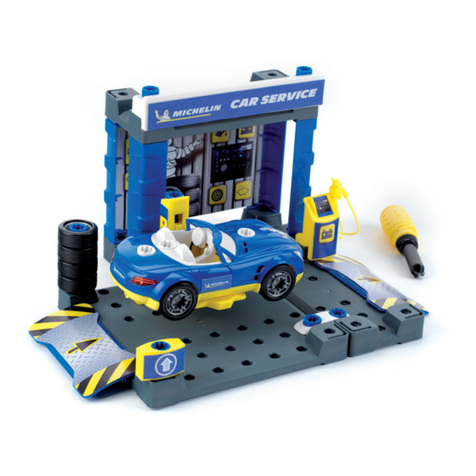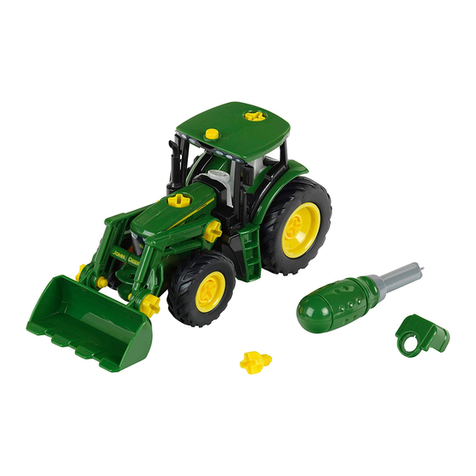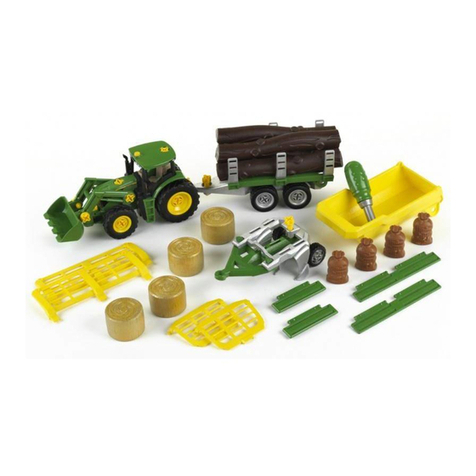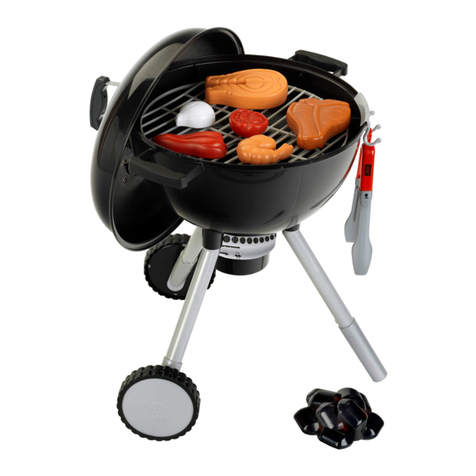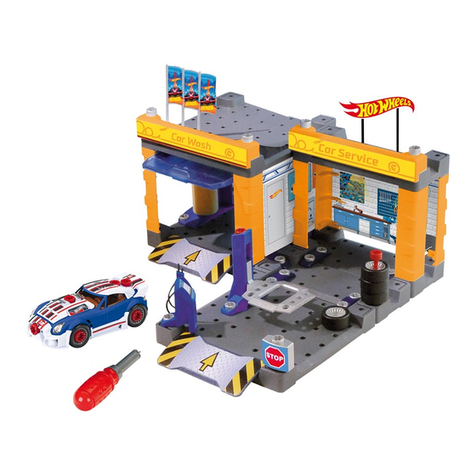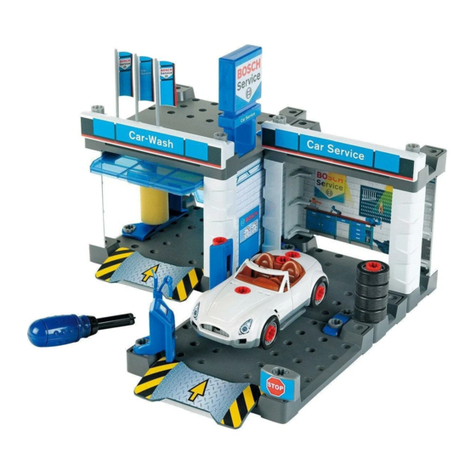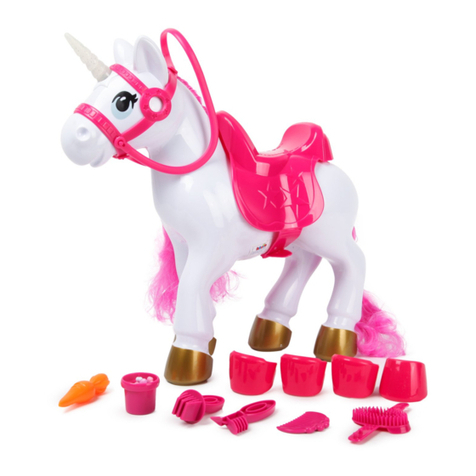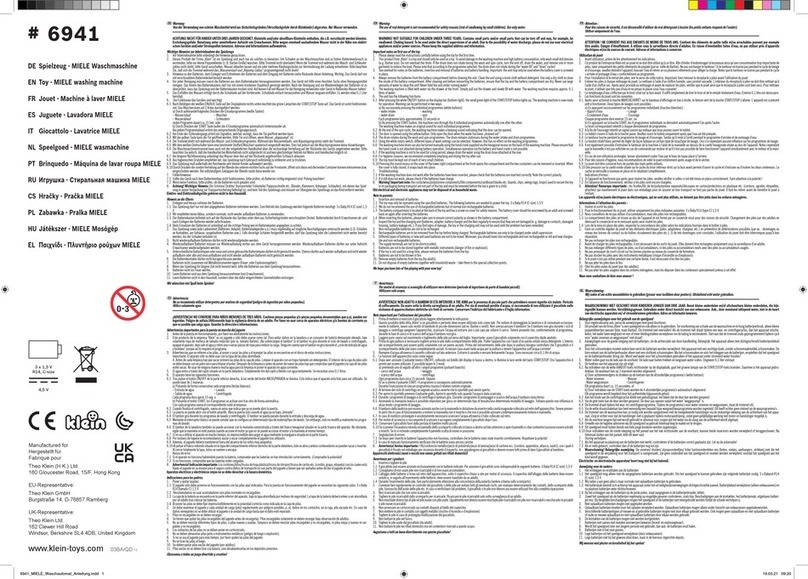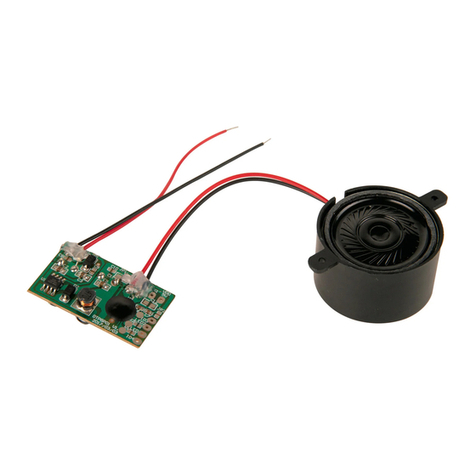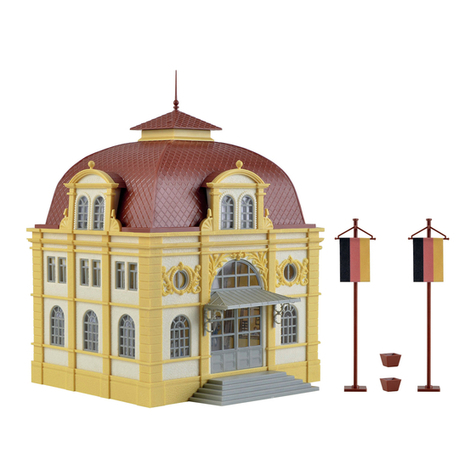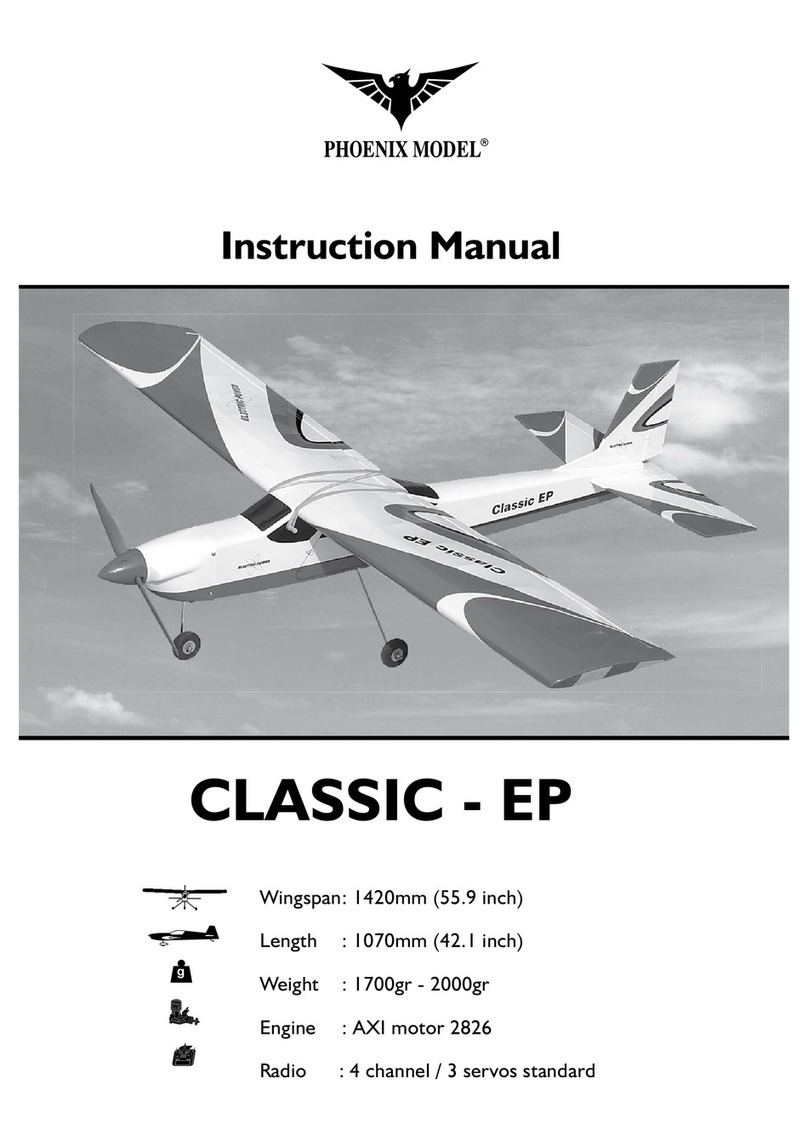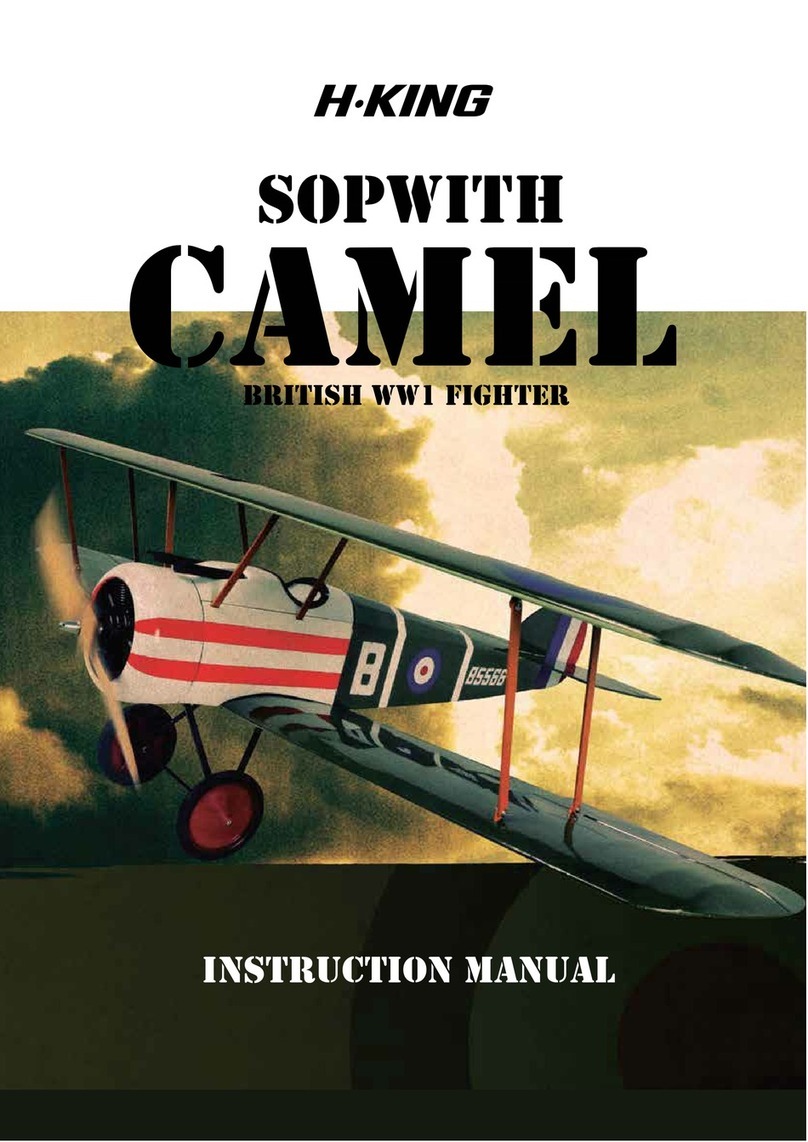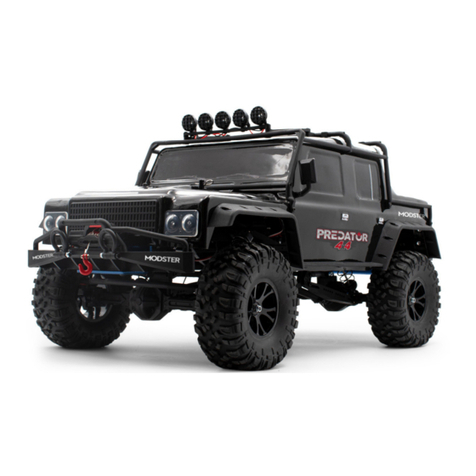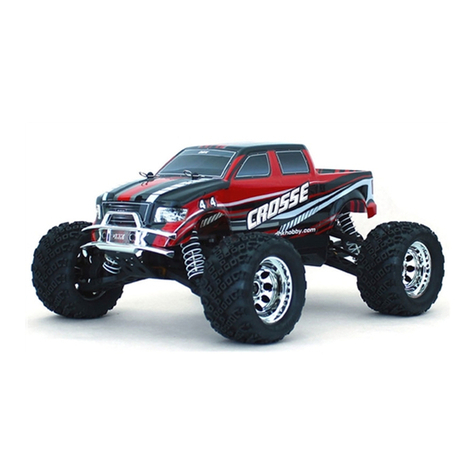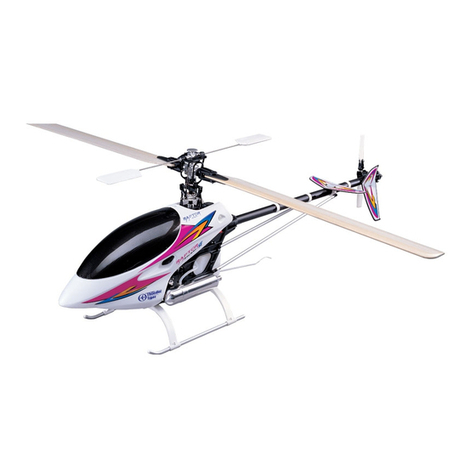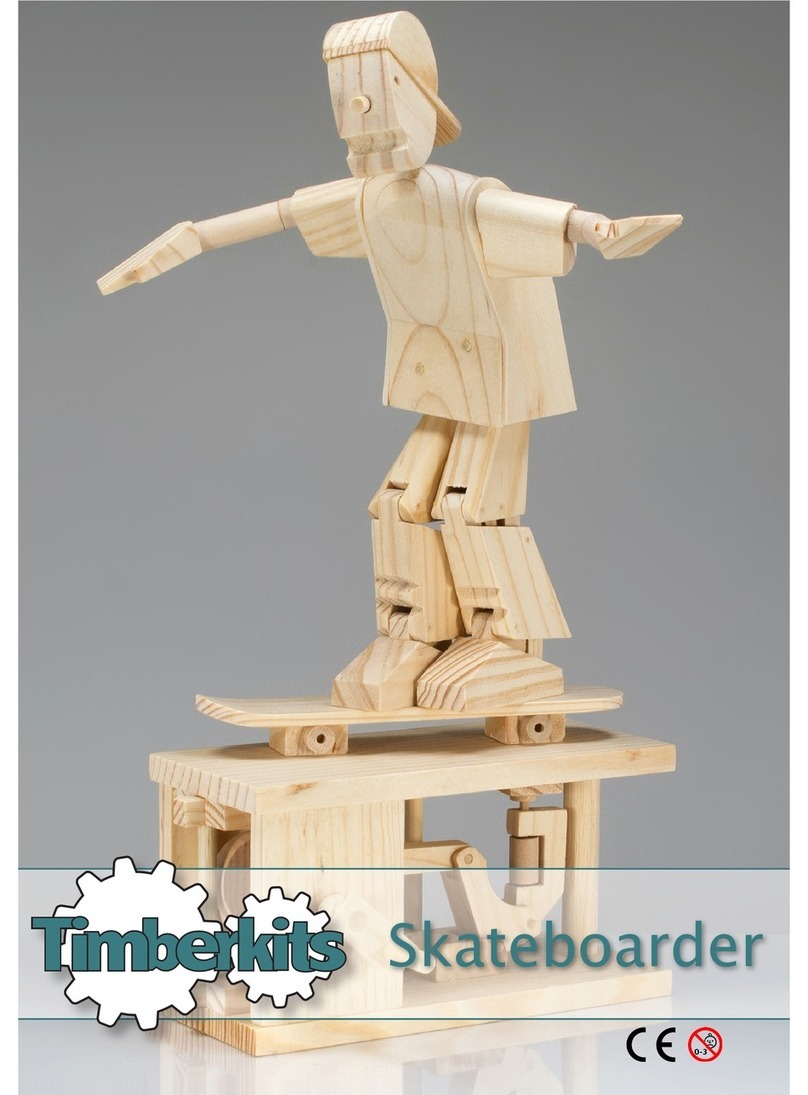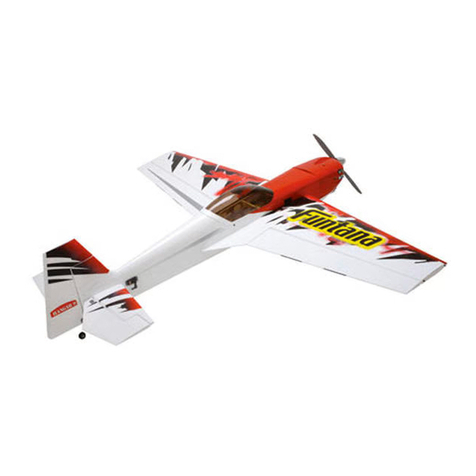
9
Preparativi
nnanzitutto assicurarsi che la macchina da cucire sia
spenta.
l tasto ON/OFF non deve essere premuto e sul pedale
non deve trovarsi nulla.
Tutti i preparativi (collegamento, infilatura del
filo, ecc.) devono essere eseguiti da un adulto!
Funzionamento a batterie
Questa macchina da cucire funziona esclusivamente
a batterie. nserire 4 batterie AA da 1,5V nella parte
inferiore della macchina da cucire.
Le batterie non sono incluse nella fornitura.
Prima di inserire le batterie rimuovere la vite di sicu-
rezza (figura 1). Premere il blocco verso il coperchio e
contemporaneamente rovesciare il coperchio verso
l'alto (figura 2).
nserire 4 batterie da 1,5V (AA) rispettando la polarità
(+/-).
nfine riapplicare il coperchio finché non scatta chia-
ramente in posizione e avvitarlo, a protezione dei
bambini.
Tenere sempre a disposizione delle batterie di riserva
per poterle sostituire immediatamente se le presta-
zioni della macchina dovessero diminuire. Assicurarsi
anche di rimuovere le batterie quando la macchina da
cucine resta inattiva per un periodo prolungato in
modo da prevenire la fuoriuscita di liquido.
Collegamento
del pedale
La macchina da cucire si avvia solo se l'interruttore
ON/OFF è premuto e viene azionato il pedale.
Quando si collega il pedale, assicurarsi che il tasto
ON/OFF non sia premuto (figura 3). Quando non si uti-
lizza la macchina assicurarsi che sul pedale non ci sia
nulla.
Collegare la spina del pedale nella presa di collega-
mento (15) (figura 4). Se il tasto ON/OFF è attivato e
si preme sul pedale la macchina da cucire inizia a fun-
zionare. La macchina da cucire si ferma quando si to-
glie il piede dal pedale.
Eerste stappen
Verzekert u zich aan het begin ervan, dat de naaima-
chine uitgeschakeld is.
De ON/OFF-knop mag niet ingedrukt zijn en er mag
zich niets op het voetpedaal bevinden.
Denkt u er aan, dat alle voorbereidende stap-
pen (aansluiten, inrijgen, enz.) door een vol-
wassene moeten worden gedaan!
Batterijuitvoering
Deze naaimachine loopt uitsluitend op batterijen.
Hiervoor legt u er aub. 4 x 1,5V-batterijen type AA aan
de onderzijde van de naaimachine in.
Denkt u er aub. aan, dat de batterijen niet bijgevoegd
zijn.
Om de batterijen er in te leggen, aub. eerst de vei-
ligheidsschroef verwijderen (afbeelding 1 ). Vervol-
gens drukt u de vergrendeling in de richting van het
deksel en klapt tegelijkertijd het deksel omhoog (af-
beelding 2).
Hierna de 4 x 1,5V batterijen (AA) er in leggen en hier-
bij op de polen letten (+/-).
Afsluitend legt u het deksel er weer op, totdat het klikt
en schroeft het weer vast, voor de veiligheid van de
kinderen.
Houdt u aub. altijd reservebatterijen bij de hand, om
deze te kunnen verwisselen, als de naaiprestatie na-
laat. Denkt u er aub. ook aan , de batterijen te ver-
wijderen, als de naaimachine voor langere tijd buiten
gebruik is, om een uitlopen te verhinderen.
Aansluiten van
het voetpedaal
De naaimachine start eerst, als de ON/OFF-schakelaar
ingedrukt is en het voetpedaal wordt bedient.
Verzekert u zich er van, dat de ON/OFF-knop niet is in-
gedrukt (afbeelding 3), als u het voetpedaal aansluit
en gebruikt. Let u er aub. op, dat zich geen voorwer-
pen op het voetpedaal bevinden, als de naaimachine
niet wordt gebruikt.
Stopt aub. de stekker van het voetpedaal in de ma-
chinestekker (15) (afbeelding 4). Als de ON/OFF-knop
is ingedrukt en het voetpedaal wordt ingedrukt, zet
de naaimachine zich in beweging. De naaimachine
stopt, als het voetpedaal wordt losgelaten.
IT
Primeros pasos
Por favor, asegúrese al principio que la máquina de
coser esté apagada. La tecla ON/OFF no debe estar
apretado, y no debe encontrarse nada en el pedal.
¡Por favor, observe que todos los pasos prepa-
ratorios (encender, enhebrar, etc.) deben ha-
cerse por un adulto!
Funcionamiento con pilas
Esta máquina de coser funciona solamente con pilas.
Para eso, por favor, coloque 4 pilas x 1,5V del tipo AA
en la parte inferior de la máquina de coser.
Por favor, observe que las pilas no están incluidas en
el suministro.
Para colocar las pilas, por favor, quitar primeramente
el tornillo de seguridad (figura 1). Después, por favor,
apriete el bloqueo hacia la tapa levantando al mismo
tiempo la tapa (figura 2).
Entonces coloque las 4 pilas 1.5 v (AA) asegurándose
de la polaridad (+/-).
A continuación vuelva a poner la tapa, hasta que en-
caje de forma audible y lo cierre adicionalmente para
proteger a sus hijos. Por favor, siempre tenga a dispo-
sición pilas de repuesto, para poder cambiarlas di-
rectamente en caso que disminuya la potencia de
costura. Por favor, observe también que quite las pilas,
si la máquina no se va a usar por un período de tiempo
prolongado para prevenir que se derramen.
Conexión del mando
de pedal
La máquina de coser no arranca hasta que la tecla
ON/OFF esté apretada y si se pisa después el pedal.
Asegúrese de que la tecla ON/OFF no esté apretada
(figura 3), cuando conecte y use el pedal. Por favor,
observe también que no se encuentra nada en el pedal
al no usar la máquina de coser.
Por favor, enchufe la clavija del pedal en la toma (15)
(figura 4). Si la tecla ON/OFF está apretada y se pisa el
pedal, la máquina empieza a funcionar. Soltando el
pedal la máquina se para.
ES
NL
Primeiros passos
No início certifique-se de que a máquina de costura
está desligada.
O botão ON/OFF não deve estar pressionado e não
devem encontrar-se quaisquer objetos no pedal.
Observe que todas as etapas de preparação
(conexão, passagem da linha, etc.) devem ser
realizados por um adulto!
Funcionamento a pilhas
Esta máquina de costura funciona exclusivamente a
pilhas. nsira 4 x pilhas 1,5V do tipo AA na parte infe-
rior da máquina de costura.
Observação: As pilhas não estão incluídas.
Retire primeiro o parafuso de segurança para colocar
as pilhas (Fig. 1). Em seguida pressione o trinco no
sentido da tampa e levante simultaneamente a tampa
(Fig. 2).
nsira depois as 4 x pilhas 1,5V (AA) e observe a pola-
ridade correta (+/-).
Em seguida coloque novamente a tampa até engatar
nitidamente e aparafuse-a para a segurança dos seus
filhos.
Tenha sempre disponíveis pilhas de substituição, para
que possa substituí-las imediatamente se a potência
de costura diminuir. Certifique-se de que retira as pilhas
se não utilizar a máquina de costura durante um longo
período de tempo, para evitar vazamento das pilhas.
Ligação do pedal
A máquina de costura só funciona quando o botão
ON/OFF estiver pressionado e depois de acionar o
pedal.
Certifique-se de que o botão ON/OFF não está pres-
sionado (Fig. 3) quando liga o pedal.
Certifique-se também de que não se encontram ob-
jetos no pedal quando a máquina de costura não se
encontra em utilização.
Ligue o conector do pedal na tomada de conexão (15)
(Fig. 4). Se o botão ON/OFF estiver na posição pressio-
nada e o pedal for pressionado, a máquina de costura
começará a funcionar. A máquina de costura pára
quando o pedal é liberado.
PT
